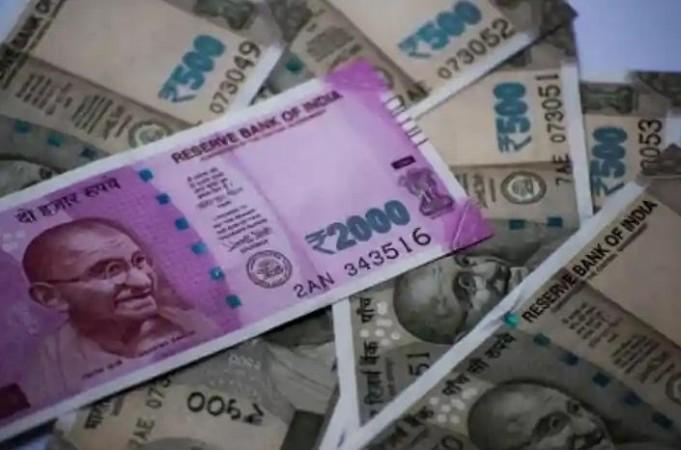The Indian rupee has witnessed a depreciation of 6.9 per cent in the current financial year till November 30, the Parliament was told on Tuesday.
Exchange rate depreciation, other factors remaining unchanged, is likely to put upward pressure on prices of imported commodities and as a result, imported items becoming costlier, Minister of State for Finance Pankaj Chaudhary told the Rajya Sabha in a written reply.
"The overall impact on the domestic prices depends on the pass-through of import prices into the domestic prices. On the other hand, exchange rate depreciation is likely to enhance the country's export competitiveness.

"However, the nominal exchange rate is only one factor that determines the export competitiveness and cost of imports and hence, the overall trade balance. Hence, the impact of movements of the exchange rate on the trade balance and also on other components of the current account balance cannot be isolated," he said.
Chaudhary also said that the value of the Indian rupee is market-determined.
"As global spillovers from geo-political tensions and aggressive monetary policy tightening across the world intensified alongside a surge in crude oil prices, the US dollar strengthened by 7.8 per cent in the financial year (till November 30, 2022). While the rupee has depreciated in the current financial year, it has performed better than most Asian peer currencies, including the Chinese renminbi (10.6 per cent), Indonesian rupiah (8.7 per cent), Philippine peso (8.5 per cent), South Korean won (8.1 per cent), Taiwanese dollar (7.3 per cent) etc during the financial year," he said.

The Reserve Bank of India (RBI) closely monitors the foreign exchange markets and intervenes only to maintain orderly market conditions by containing excessive volatility in the exchange rate, without reference to any pre-determined target level or band, he said.
The minister also gave details of measures taken by the Reserve Bank of India, saying: "The RBI had announced various measures in the recent period to diversify and expand the sources of forex funding to mitigate exchange rate volatility and dampen global spillovers."
(With inputs from IANS)

















